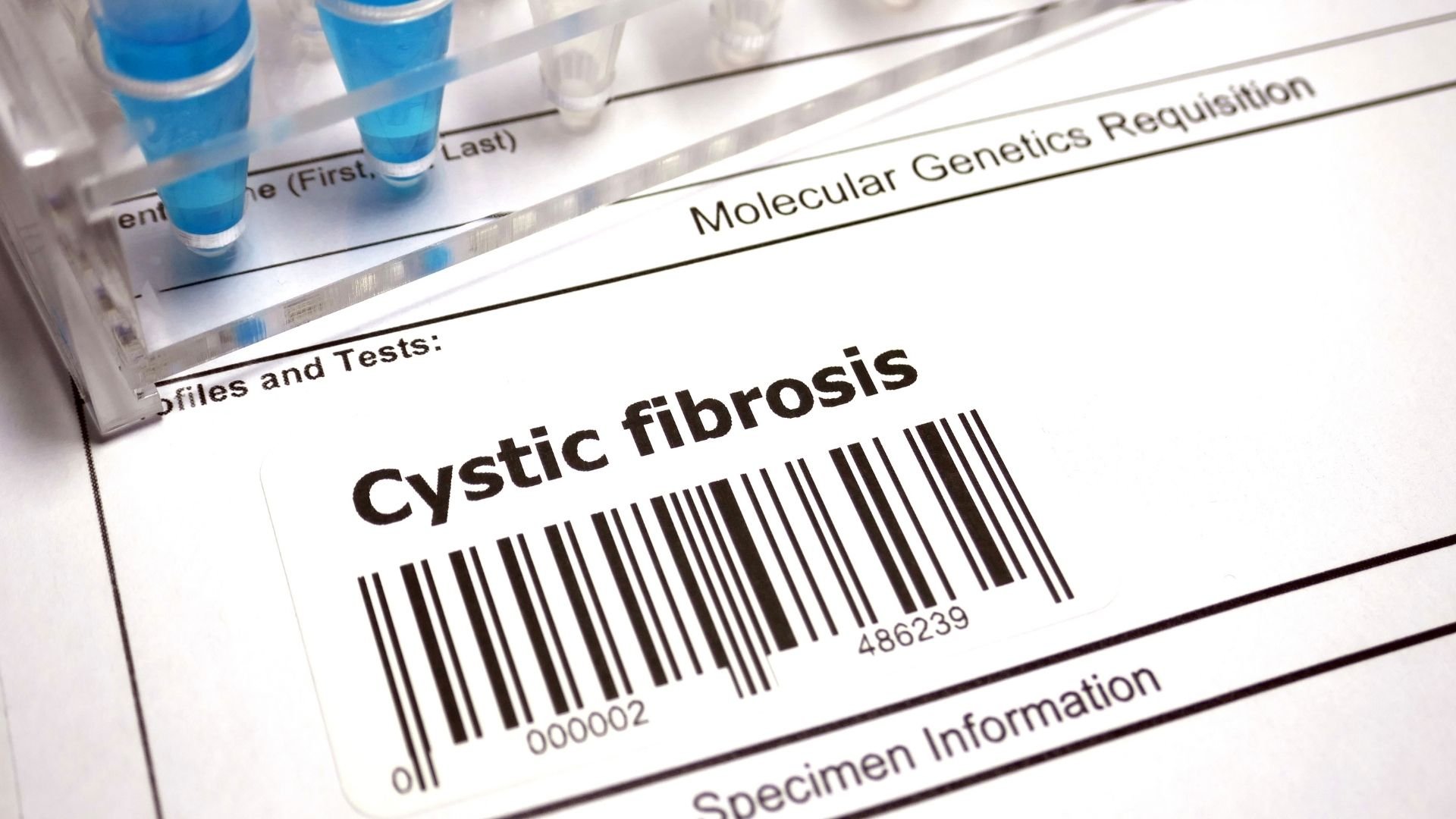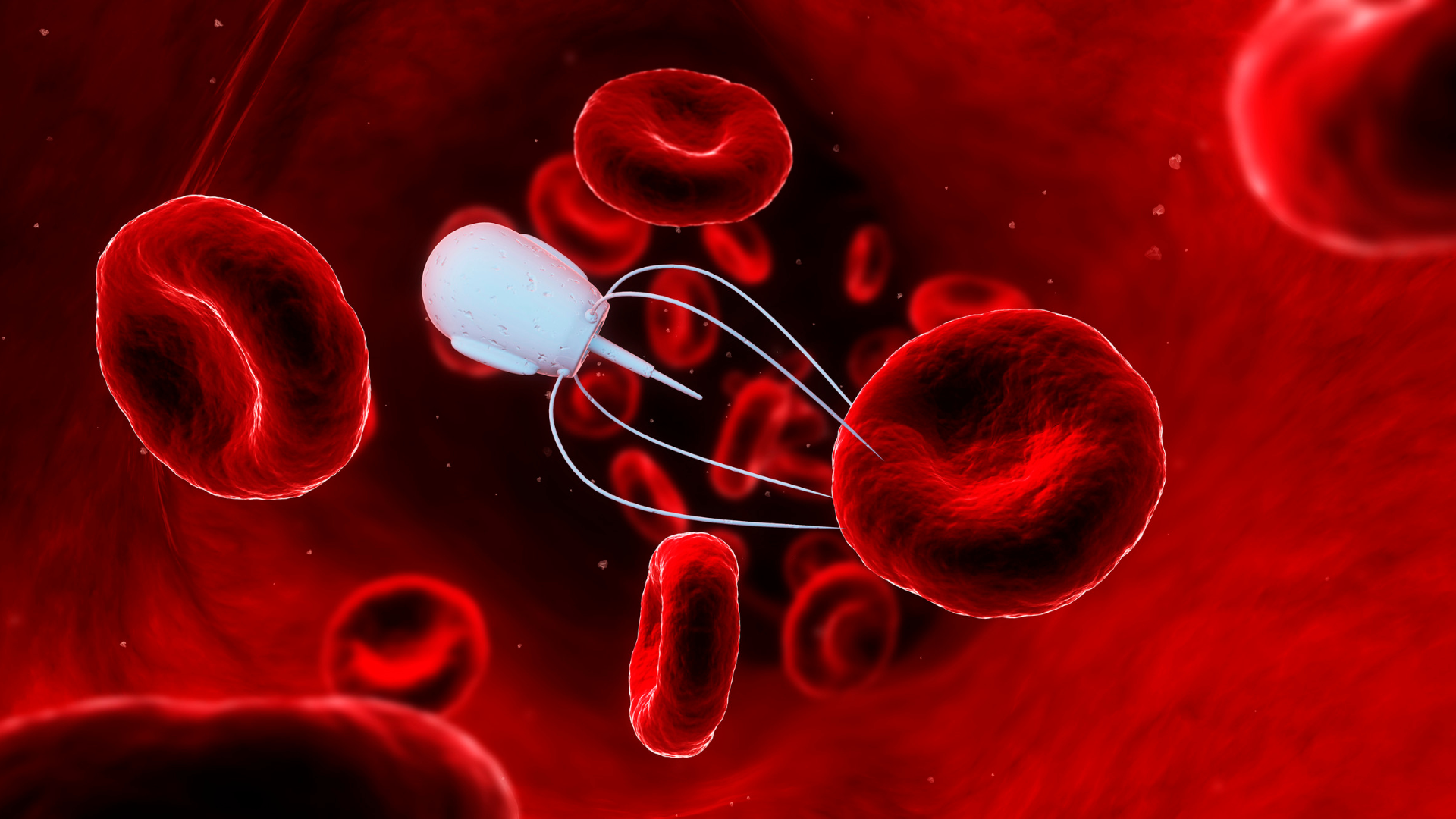Reimagining Cystic Fibrosis Treatment With RNA Therapeutics

RNA is renowned for its versatile nature and therapeutic usefulness. Unlike traditional drugs which typically bind to a protein's active site to alter their function for therapeutic response, RNA-based therapeutics can target any gene in the genome. This opens up new possibilities for treating a wide range of diseases.
The recent success of the Moderna and Pfizer/BioNTech mRNA vaccines against COVID-19 has further fuelled the potential and buzz around RNA-based treatments. As a result, there are growing expectations for a new class of RNA drugs for broader applications.
However, RNA's high molecular weight, hydrophilic properties, and limited ability to pass across cell membranes without a vector present challenges for the pharmaceutical industry. Yet these obstacles have also provided the opportunity for scientists to develop effective delivery systems. Lipid nanoparticles (LNPs) have emerged as the principal solution for this issue.
LNPs are used to carry larger RNA molecules as they provide enhanced RNA delivery and minimise degradation. mRNA/LNP has become the preferred modality for delivering in vivo CRISPR and other gene-editing cargos. However, LNPs typically bind to the liver when they are administered into the body, which limits their effectiveness for targeting other organs.
Related:
- Spotlight on mRNA Vaccines: Made But Not Defined by the Pandemic
- Overcoming Challenges in Formulating and Delivering RNA Therapeutics: Insights from Formulation & Delivery US
- The Utility of Nanoparticles in Tissue-Targeted Drug Delivery
According to a paper published in Nature Communications, a preclinical study led by researchers at the University of Pennsylvania shows that this limitation can be addressed. The experiment demonstrated promising results in treating cystic fibrosis using RNA delivery. The main goal of the experiment was to identify a nanoparticle that could deliver an RNA-based therapy to the lungs with efficacy.
Michael Mitchell, Associate Professor of Bioengineering at the University of Pennsylvania stated: ''The way the liver is designed, LNPs tend to filter into the hepatic cells and struggle to arrive anywhere else. Being able to target the lungs is potentially life-changing for someone with lung cancer or cystic fibrosis."
High-throughput screening (HTS) methods identified LNPs capable of delivering mRNA in vivo from a diverse library of 180 cationic degradable (CAD) LNPs. Based on the HTS results, the team of scientists chose to test 96 LNPs in female mice. Using a technique called DNA barcoding, they tracked the pathway of each nanoparticle. 21 nanoparticles from the sample were able to reach the lungs with efficacy. LNP-CAD9 emerged as the most promising candidate.
After selecting LNP-CAD9, the team administered the molecule to mice suffering from lung cancer. The findings from this in vivo study showed that when the LNP was administered into the lung, the treatment had a positive effect; it reduced tumour size by delivering a strand of mRNA and gRNA that suppresses the growth of lung tumours.
Overall, this case study represents an important step in the field of RNA therapeutics. It demonstrates a crucial advancement in developing efficient extrahepatic mRNA delivery systems. With further research and development, RNA-based therapies hold promising potential for treating complicated diseases including cystic fibrosis that do not respond well to traditional drugs.






